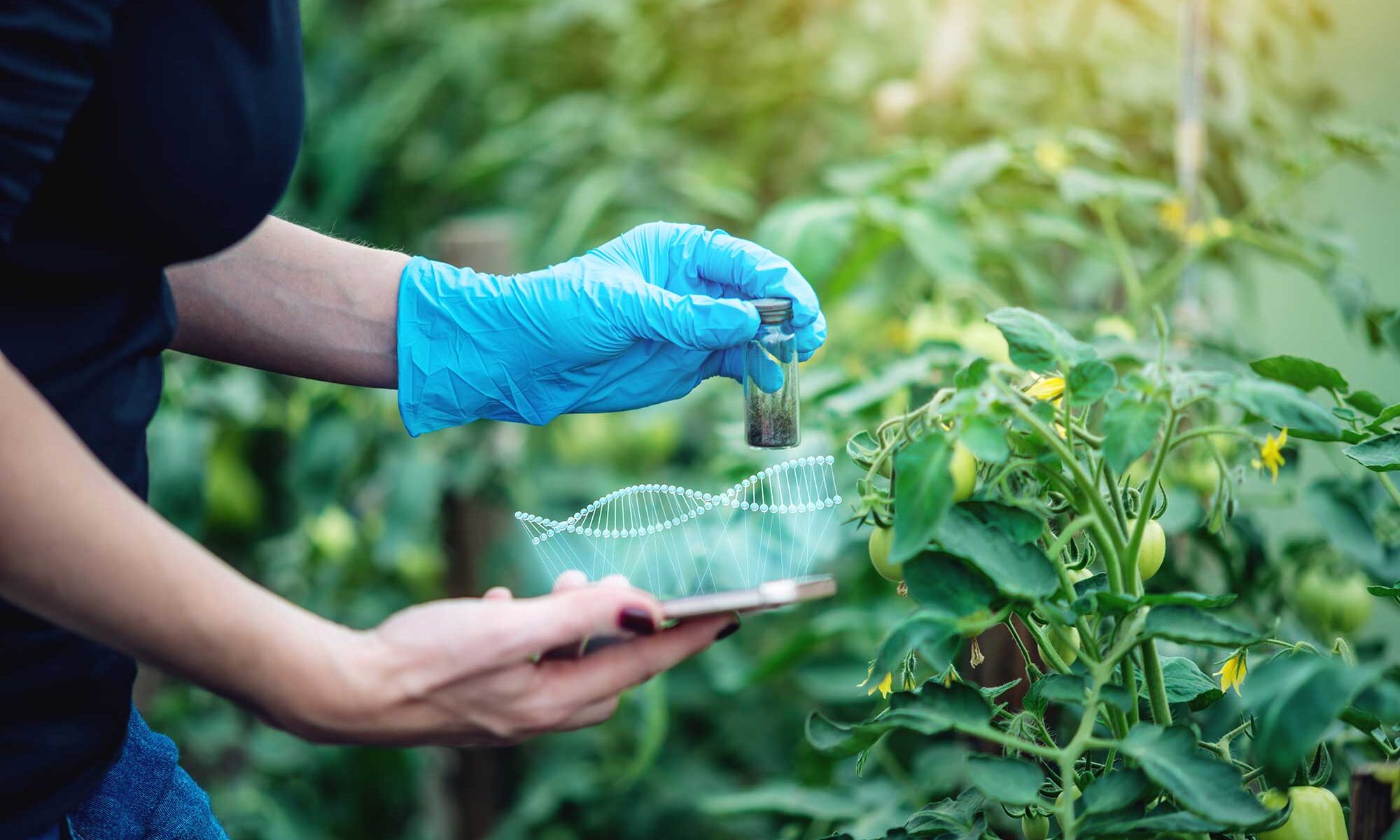The subject arouses strong emotions among some, including concerns about the health of ‘engineered’ food. But it also raises prospects for growing climate-resilient crops and for the democratisation and fair distribution of food production. Thereby, commercial interests of established companies (seed breeders, pesticide producers) are pitted against opportunities to empower people in local communities themselves to prevent hunger.
This is a powerful driving force for Nobel laureate in chemistry Jennifer Doudna, who discovered the gene-editing tool CRISPR and wrote the foreword for this FAO publication. Her Innovative Genomics Institute has teamed up with the African Union and the African Plant Breeding Academy to set up an African CRISPR course for local researchers. They learn the skills to develop their own genome-edited varieties of crops like sorghum, bananas and cassava.
Balanced discussion
The FAO’s discussion paper is science- and evidence-based and contains a balanced discussion of the most pertinent aspects of gene editing, including its impact on human hunger, human health, food safety, environmental impact, animal welfare, socio-economic impact and fair benefit sharing. Intrinsic ethical concerns and issues of governance and regulation are addressed, and the roles of the public and private sectors, alone and in partnership, are summarised. It also presents several scenarios for how gene editing could be used in the future to help transform agri-food systems.
“This report provides guidance to the international community on the first agricultural products with genome editing making their way to farmers’ fields and our tables,” Doudna said.
The publication is available for download on the FAO website.
Image: Artem Oleshko/Shutterstock



